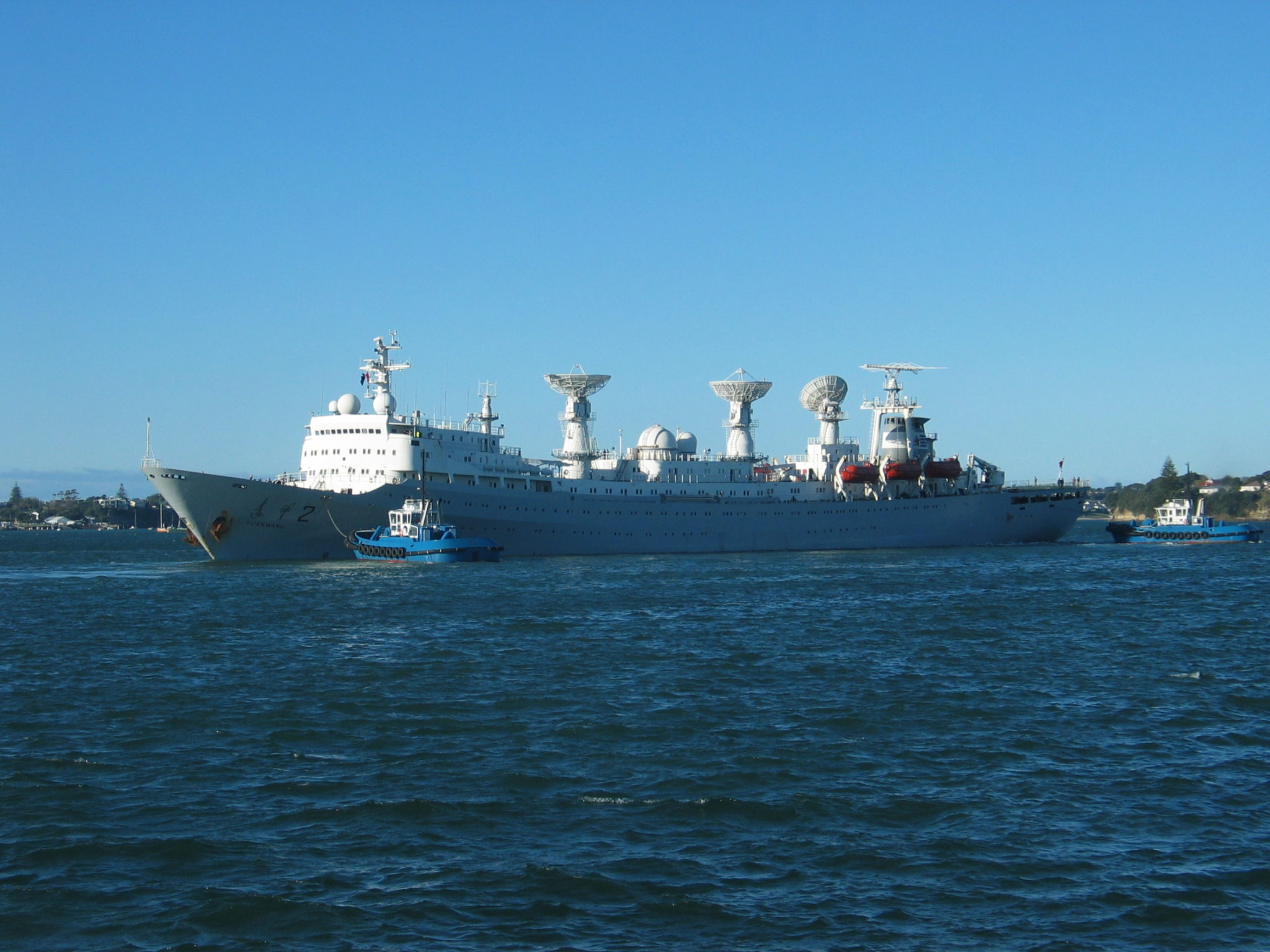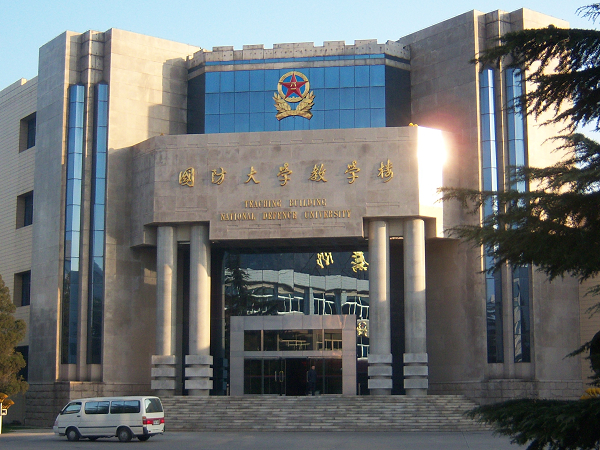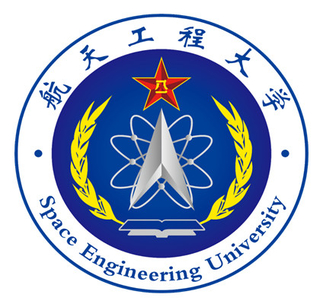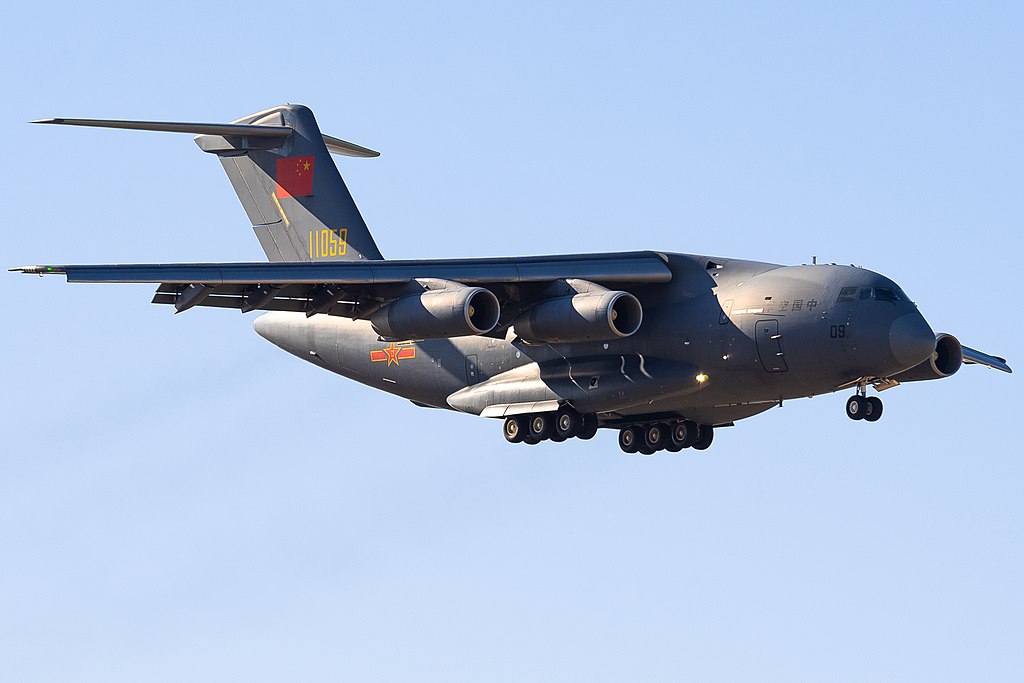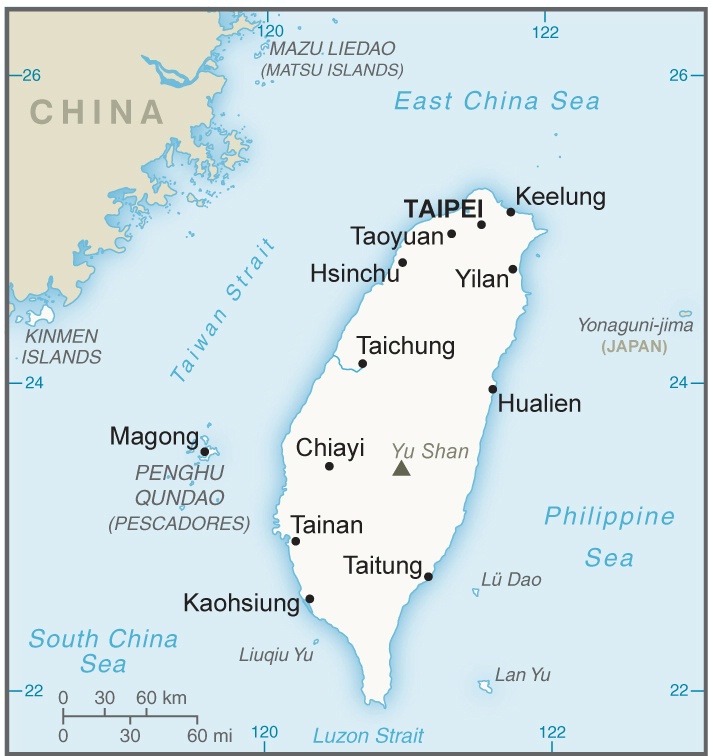
Emblem of the Chinese People’s Civil Air Defense.
“The boundaries between front and rear in modern warfare are blurred, and ground targets are vulnerable to air strikes. We must pay attention to protection and rescue work,”
As described in the excerpted article from official government source China National Defense News, a recent exercise in Shandong Province sheds light on Chinese efforts to ensure that all parts of the government can support combat operations in the event of conflict. Chinese municipalities prepare not only for natural disasters such as floods, typhoons, and earthquakes, but also for large-scale military conflict. To this end, many cities host large, and often intra-regional or inter-city emergency exercises.[i] China has civil air defense offices in most cities, which are intended to act as direct support to the People’s Liberation Army (PLA). In the exercise described here, associated units practiced providing emergency rescue services and putting out fires from enemy air raids. With support from an expert repair team, the training also tested rapid road repair, quickly restoring a road’s ability to handle heavy wheeled and tracked vehicles.
The exercise was primarily focused on three phases: preparations made before air attacks, including using camouflage and moving critical facilities into underground spaces; how to respond during an air raid, such as using obscurants and aerial barriers (balloons or wires to interfere with low-flying aircraft); and post-strike operations, which involves repairs and emergency response. The exercise also highlighted how newer technologies, such as quadcopters, are being adapted in practical ways to support operations. Accompanying images in the article showed quadcopter drones being used to deliver medical supplies. The report indicated that these drones could carry 10kg (22 pounds) over 10km (6.2 miles). UAVs are regarded as an optimal delivery system as they would not be limited by traffic in a dense urban environment during a crisis.
The article also highlights the fact that cities are also making agreements with local companies to ensure that the latter’s resources can be quickly brought into support in a crisis, following the PLA’s lead in working with China’s major technological and logistic companies under the rubric of the “Military-Civil Fusion Strategy.”[ii] Taken collectively, these efforts likely mean that China will be able to mobilize effectively if a crisis were to strike, and that many aspects of Chinese society may show resiliency during a conflict.
Sources:
Wang Dongliang [王栋梁] and Chen Maoxin [陈毛欣], “既支援前线,又防护后方——“鲁中支援-2022”国民经济动员保障演练剪影 (Not only supporting the front line but also protecting the rear – ‘Luzhong Support-2022’ outline of a national economic mobilization support exercise),” China National Defense News (official Chinese government publication on defense matters), 14 October 2022. http://www.mod.gov.cn/power/2022-10/14/content_4923396.htm
Recently, the ‘Central-Shandong Support-2022’ National Economic Mobilization Support Exercise was held in Zibo City, in Shandong Province.[i] Breaking with previous exercises, this not only involved support to front-line units but also added new content involving support to areas behind the battle line.
In recent years the city has worked with large-scale enterprises to establish a number of national economic mobilization centers. Combined with statistical analysis of (the cities’ base potential to support) national defense mobilization, it is necessary to determine the potential of each mobilization center, how many are necessary, how many personnel are required, and how to operate in a given situation, laying a solid foundation for rapid and precise mobilization.
“The boundaries between front and rear in modern warfare are blurred, and ground targets are vulnerable to air strikes. We must pay attention to protection and rescue work,” explained Fang Shijun [房施军], director of the Military District’s Combat Readiness Construction Division.
Notes:
[i] See: Peter Wood, “Civil Air Defense Organizations in South China Sign Cooperative Agreement” OE Watch, February 2020. https://community.apan.org/wg/tradoc-g2/fmso/m/oe-watch-articles-2-singular-format/354216; Peter Wood, “Civil Air Defense Exercises Held in Western China” OE Watch, August 2019. https://community.apan.org/wg/tradoc-g2/fmso/m/oe-watch-articles-singular-format/315036
[ii] For more on how the PLA is supported by Chinese companies, see: Peter Wood, “Military-Civil Fusion Cooperation in China Grows in the Field of Logistics,” OEW, February 2019.
https://community.apan.org/wg/tradoc-g2/fmso/m/oe-watch-articles-singular-format/301719
Notes Sources:
[i] The name for this exercise, “Luzhong” [鲁中] is derived from 鲁, the shorthand for “Shandong province,” and 中, meaning “central.” Zibo, the city where the exercise was held, is in north-central Shandong, a province on China’s east coast.
Image Information:
Image: Emblem of the Chinese People’s Civil Air Defense
Source: Chinese Government
Attribution: Public Domain

